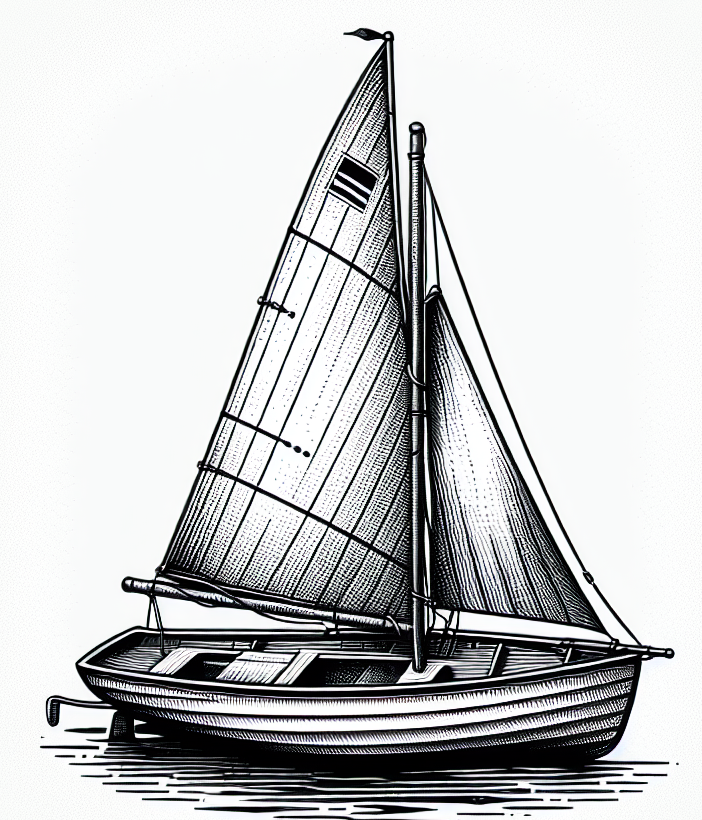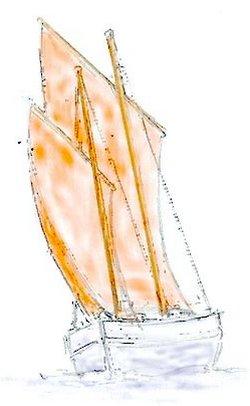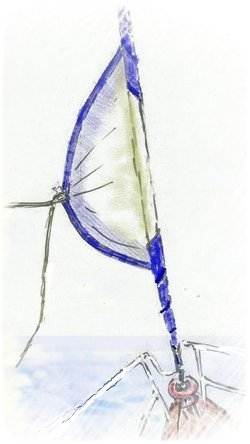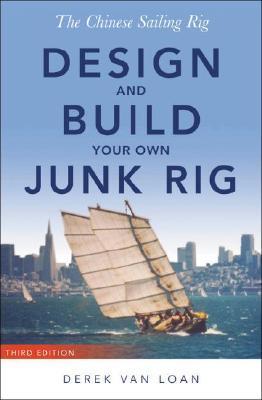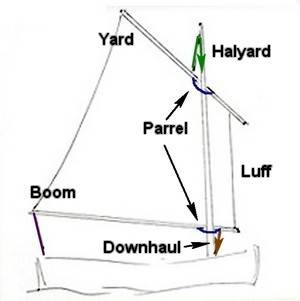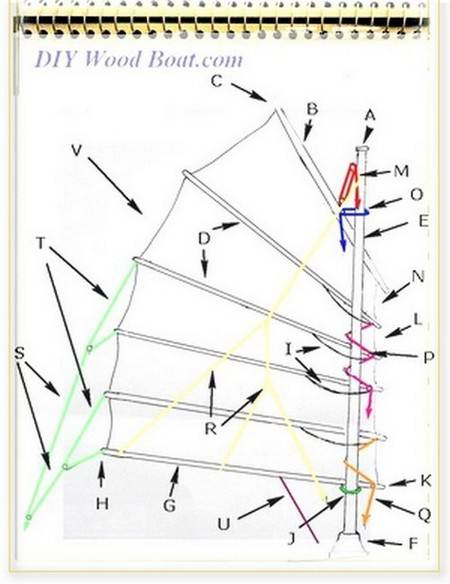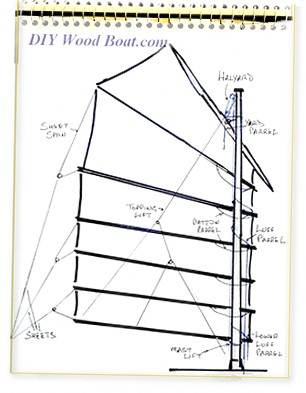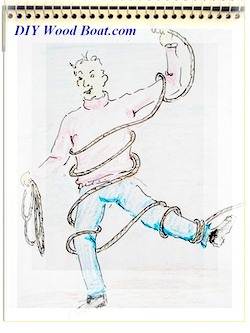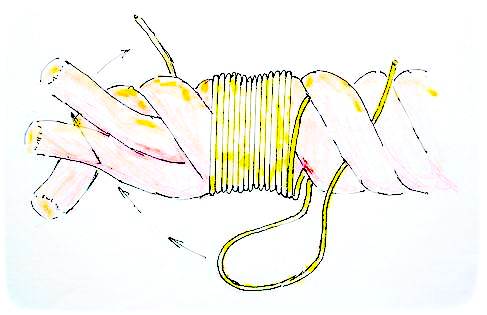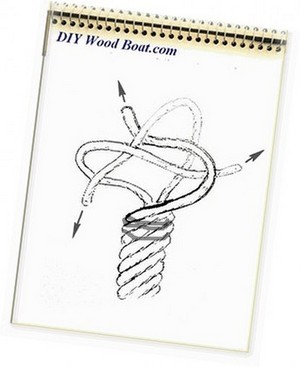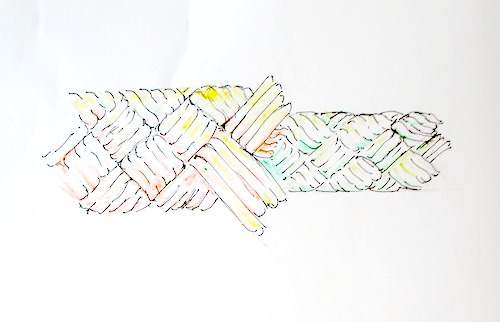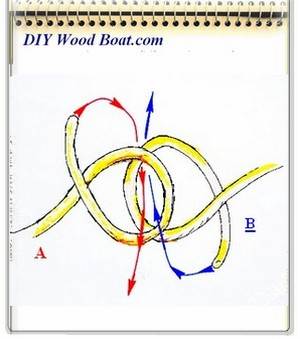- Home
- Your Boats
- Sailing Rigs
Basic Sailing Rigs shapes
Bermudan
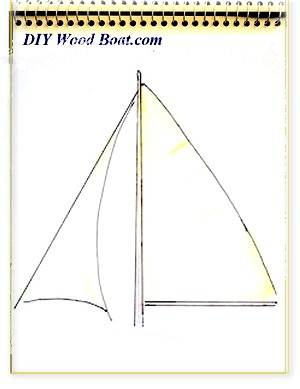
The Bermuda, or Marconi sailing rig, as it is some time called, is the familiar sail configuration most commonly found on modern sailing boats.
As with many sail plans there are countless variations on the theme.
Basically it has a triangular sail set behind the mast.
The foot of the sail is attached to a boom whose angle is controlled by the main sheet.
Originally used on small boats in Bermuda, the addition of a triangular head sail has given rise to the now familiar Bermuda sloop.
affiliate linksGaff

The Gaff is the spar from which a four cornered sail is hung.
This allows a fore and aft sail of a larger area, than that of a Bermudan sailing rig, to be hung from a mast of similar height.
The advantage is the large area of sail high up, however the extra weight aloft brings its own complications.
affiliate linksLug
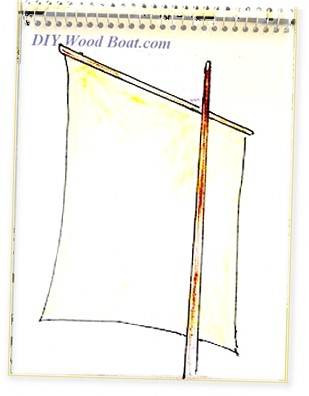
The Lug Sail lies somewhere between the square sail and the gaff rig.The four cornered sail cloth hangs from a yard.
However unlike a square sail the halyard which raises the yard is not attached at the center but nearer to the forward end.
The sail hangs fore and aft with the forward lower corner of the sail held, the lower aft corner attached to the controlling sheet.
With the forward edge hauled down the aft end of the yard is allowed to peak up.
This arrangement is much less complicated than the gaff rig .
There are many variations including the Chinese Junk, the Dipping Lug and the Ballanced Lug.
Una
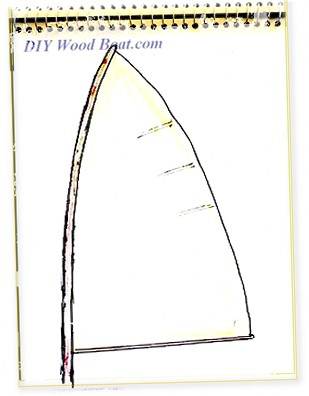
This arrangement for small boats has a sail behind the mast usually without any supporting stays.
Sprit Sailing Rig
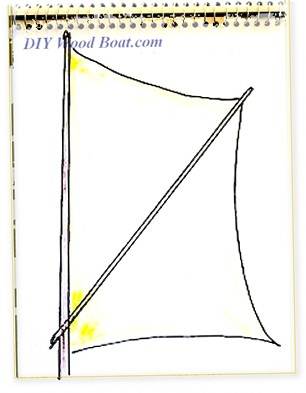
The spritsail is another four cornered, fore and aft sail.
In this case the aft upper corner is held out by a long pole called the sprit.
The bottom end of the sprit is held to the lower mast in an arrangement which allows it to swing laterally.
The upper end of the sprit is attached to the peak of the sail.
This was the favoured sailing rig for Thames Sailing Barges.
The arrangement allowed a small crew (one man, a dog and a boy) to brail up and set the sail without having to raise and lower the heavy spar.
Leg O’ Mutton
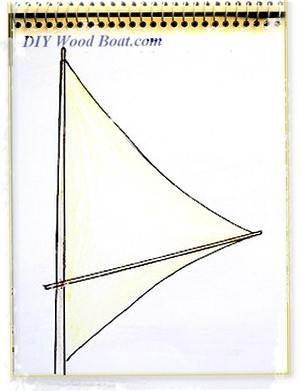
In this arrangement the sprit is used to pole out the clew or clue end
of a triangular sail.
Lateen
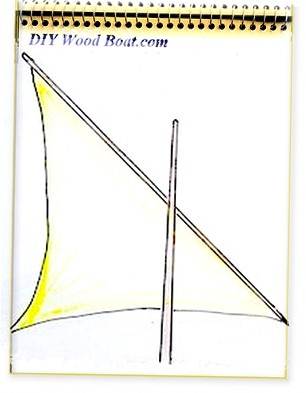
The lateen is another with its sail hung, fore and aft, from a yard.
However in this case, it is a triangular sail hung from a very long spar on a short mast.
This has historically been the standard rig for those graceful Nile Feluccas and Arab Dhows.
Crab Claw
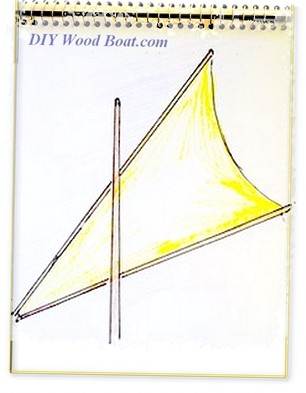
The crab claw is a triangular sail on a short mast.
In this case the sailcloth is supported by spars both along the top and bottom of the sail.
Unlike the lateen where the sail pivots around the mast the crab claw pivots around the upper leading spar.
Traditionally the spars were curved and the leach concave hence its similarity in appearance to a crabs claw.
In craft such as a the proa a change in direction requires the front end of the rig to be moved to the other end of the boat and the boat to then head in the opposite direction.
Square

A Square Rig has four cornered sails suspended from the horizontal yards.
The sail is not necessarily square in shape however, the yards are by definition hung from the middle and at right angles to the centreline.
The yards can be ‘braced’ laterally around the mast.
However, most traditional square riggers can only sail six or seven points from the wind, at best.
Shrouds and stays would generally prevent the yard being braced up closer than 3 points from the fore and aft line and the wind would have to be at least a further 3 points aft in order to fill the sail.
Then once the vessel began to move the apparent wind would begin to move forward requiring the vessel to bear off by another point or so.
While in use for hundreds of years by western seafarers these sailing rigs would have to wait for favourable winds before setting off.
Smaller vessels with un-stayed masts could get closer to the wind by effectively turning their ‘square’ sail into a fore and aft Lug Sail.
Gunter
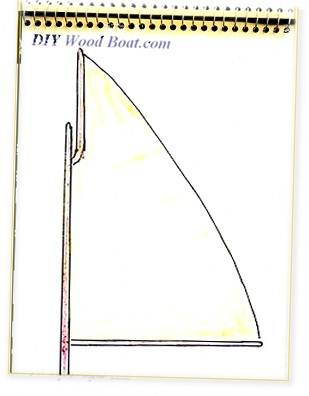
Gunter is a rig designed more for use on smaller boats.
A gaff supports a triangular sail on a relatively short mast.
The gaff, when hoisted pivots upwards until it is vertical along side the mast.
This allows for a decent sized sailing rig which can be stowed relatively easily.
